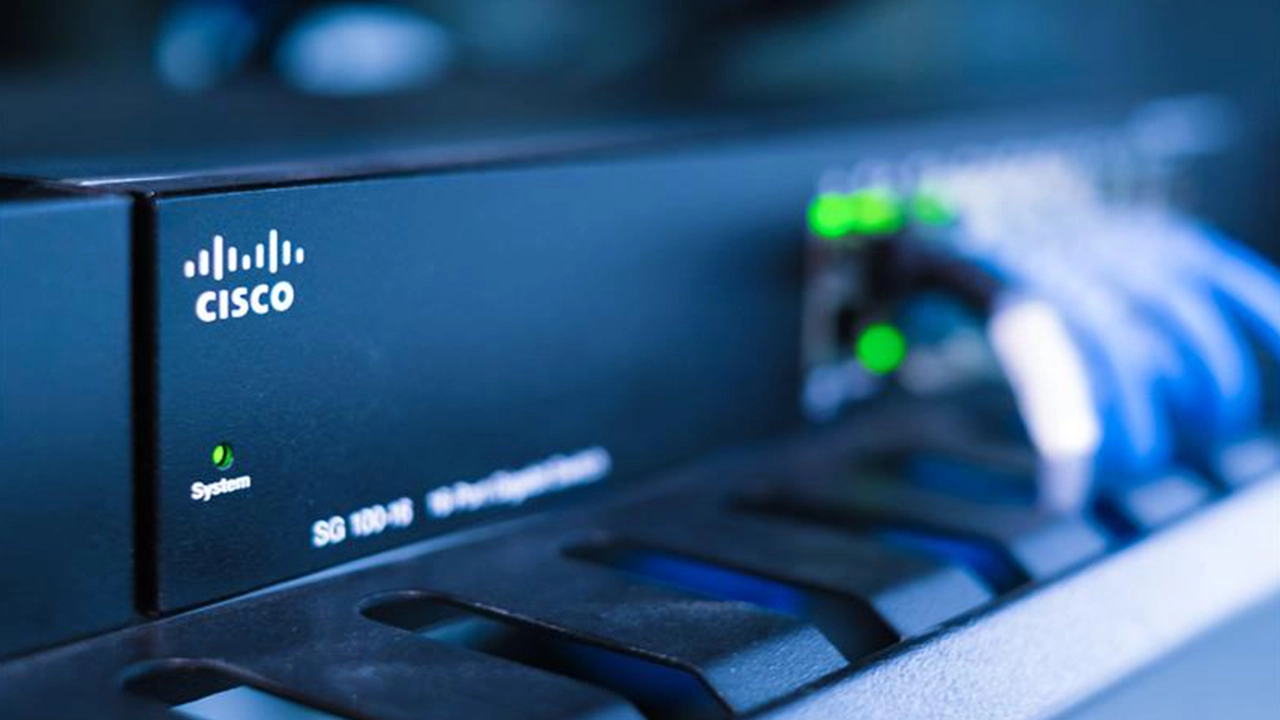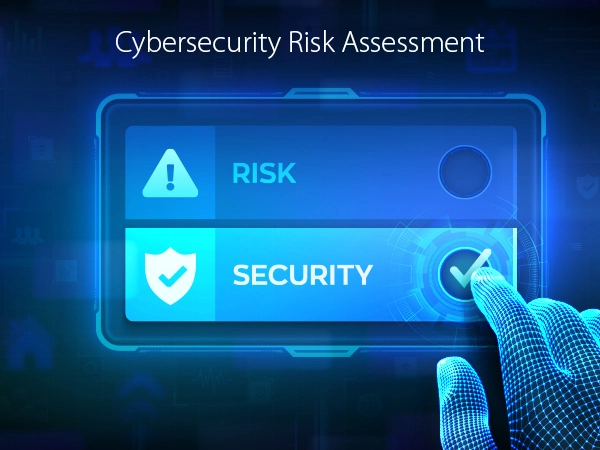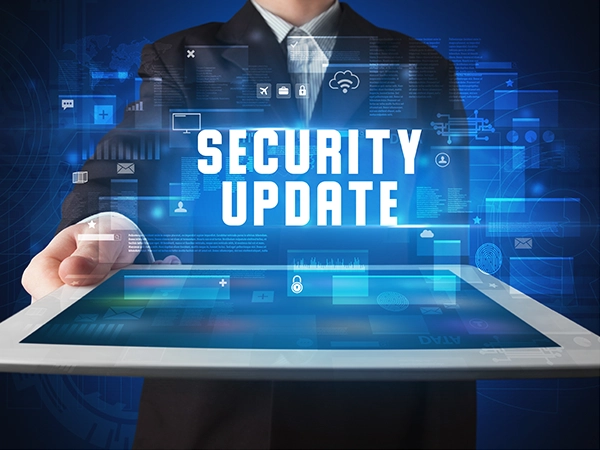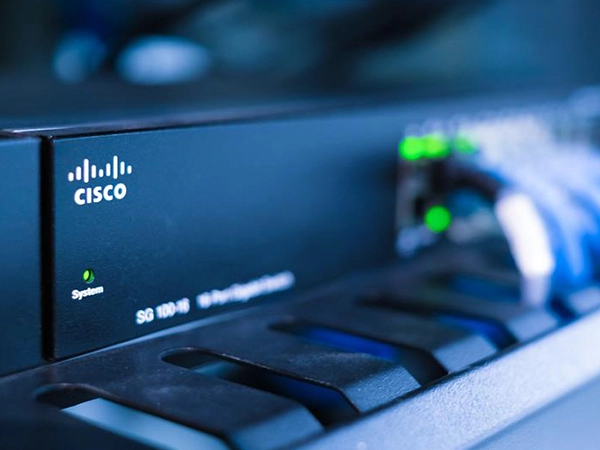Have you ever assumed that your enterprise firewall or security appliance is fully protecting you, only to discover later that it was the very entry point attackers exploited? That’s the reality facing organizations today. Cisco devices are currently exposed online, leaving organizations across the globe vulnerable to active zero-day exploitation. This marks one of the most significant warnings in recent cybersecurity history.
From enterprise networks to government infrastructure, Cisco’s routers, switches, and firewalls form the backbone of critical communication systems. But as attackers intensify their campaigns, these devices are becoming a prime target — and the consequences could be devastating.
What Happened?
Cisco’s security advisories and allied government agencies confirmed that two zero-day vulnerabilities — CVE-2025-20333 (Remote Code Execution flaw) and CVE-2025-20362(Authentication Bypass). A third related flaw, CVE-2025-20363 (Remote Code Execution) was disclosed the same week and rated critical, though there’s no public evidence it was used in active exploitation at the time of disclosure. The exposure of these critical network devices paints a troubling picture of how widespread and immediate the risk has become.
Affected devices
The campaign targeted ASA 5500-X Series models running ASA Software releases such as 9.12 or 9.14 with VPN web services enabled and without Secure Boot / Trust Anchor protections. Many of these models are at or past end-of-support (EoS), which increases operational risk because they may lack mitigations and long-term vendor support. Examples called out include 5512-X, 5515-X, 5585-X, 5525-X, 5545-X and 5555-X.
Why This Matters
Cisco ASA and FTD devices are widely used by corporations, governments, and service providers to secure their networks. Their compromise could lead to devastating consequences, including:
- Unauthorized remote access to corporate networks
- Data exfiltration and espionage
- Deployment of malware or ransomware
- Disruption of critical business operations
This incident reflects a larger trend such as cybercriminals increasingly target critical network infrastructure, knowing that a single exploited vulnerability can give them a gateway into entire organizations. The rise of sophisticated zero-day attacks means that even industry-leading vendors are not immune. Moreover, many organizations neglect timely patching or expose administrative interfaces online, inadvertently providing attackers with easy entry points.
Given Cisco’s market dominance, the sheer scale of exposure makes this vulnerability a global cybersecurity concern.
Government & Industry response
U.S. CISA released an emergency directive, requiring U.S. federal agencies to secure or decommission affected appliances; several national CSIRTs NCSC published detailed analysis of the RayInitiator and LINE VIPER malware. ACSC and CCCS issued national alerts urging immediate patching or removal of vulnerable devices. Cisco published patches and mitigation guidance the same week. If you run ASA/FTD or compatible IOS/XE devices, treat this as a high-priority emergency.
How Organizations Can Respond
To mitigate the risks posed by exposed Cisco devices, organizations should consider the following measures:
To address immediate cybersecurity concerns, it’s crucial to promptly patch ASA (Adaptive Security Appliance) and FTD (Firepower Threat Defense) systems to mitigate known vulnerabilities. Additionally, cutting off internet-facing administrative ports helps reduce the attack surface and prevent unauthorized access. Continuous monitoring for Indicators of Compromise (IOCs) is essential to detect and respond to potential threats in real time.
From a strategic standpoint, adopting a Zero Trust architecture strengthens the overall security posture by ensuring that no user or device is inherently trusted, even within the network perimeter. Reviewing vendor lifecycle management helps identify and mitigate risks associated with third-party software and services. Finally, investing in continuous monitoring solutions enables proactive threat detection and response, ensuring long-term resilience against evolving cyber threats.
Final Word
The discovery of exposed Cisco devices should serve as a wake-up call for businesses and governments worldwide. Cybersecurity is no longer just about deploying firewalls—it’s about maintaining constant vigilance, ensuring timely patching, and adopting proactive defense strategies. As attackers race to exploit these vulnerabilities, the only way forward is to stay one step ahead. This campaign is a reminder that network edge devices are high-value targets for nation-state-level actors. The combination of zero-day exploitation, persistent bootkits, and strong evasion techniques makes these intrusions both dangerous and hard to eradicate. “If you’re still running an unpatched ASA firewall online today, assume compromise. Patch immediately, and validate with incident response teams”
The cost of delay is the risk of long-term undetected compromise.
References
- Cisco Event Response: Continued Attacks Against Cisco Firewalls
https://sec.cloudapps.cisco.com/security/center/resources/asa_ftd_continued_attacks
- Cisco Secure Firewall Adaptive Security Appliance Software and Secure Firewall Threat Defense Software VPN Web Server Remote Code Execution Vulnerability
https://sec.cloudapps.cisco.com/security/center/content/CiscoSecurityAdvisory/cisco-sa-asaftd-webvpn-z5xP8EUB













